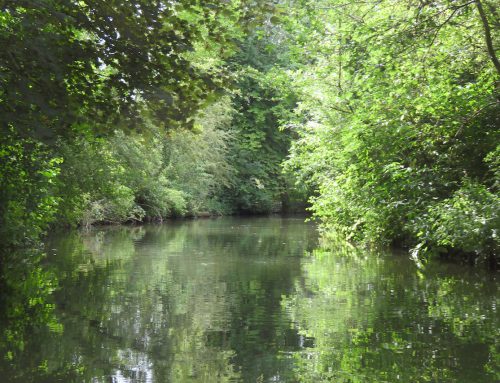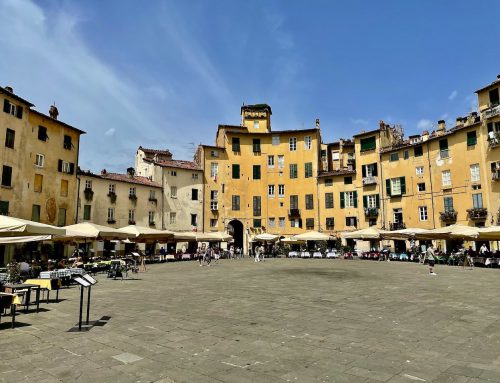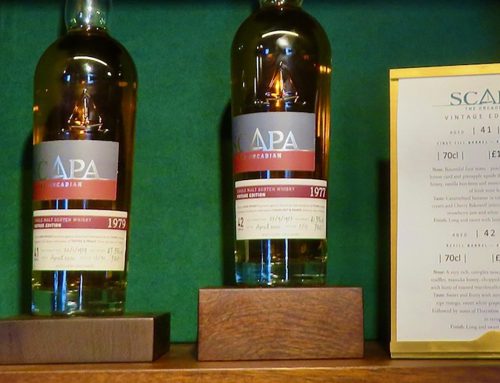Do not think about having supper
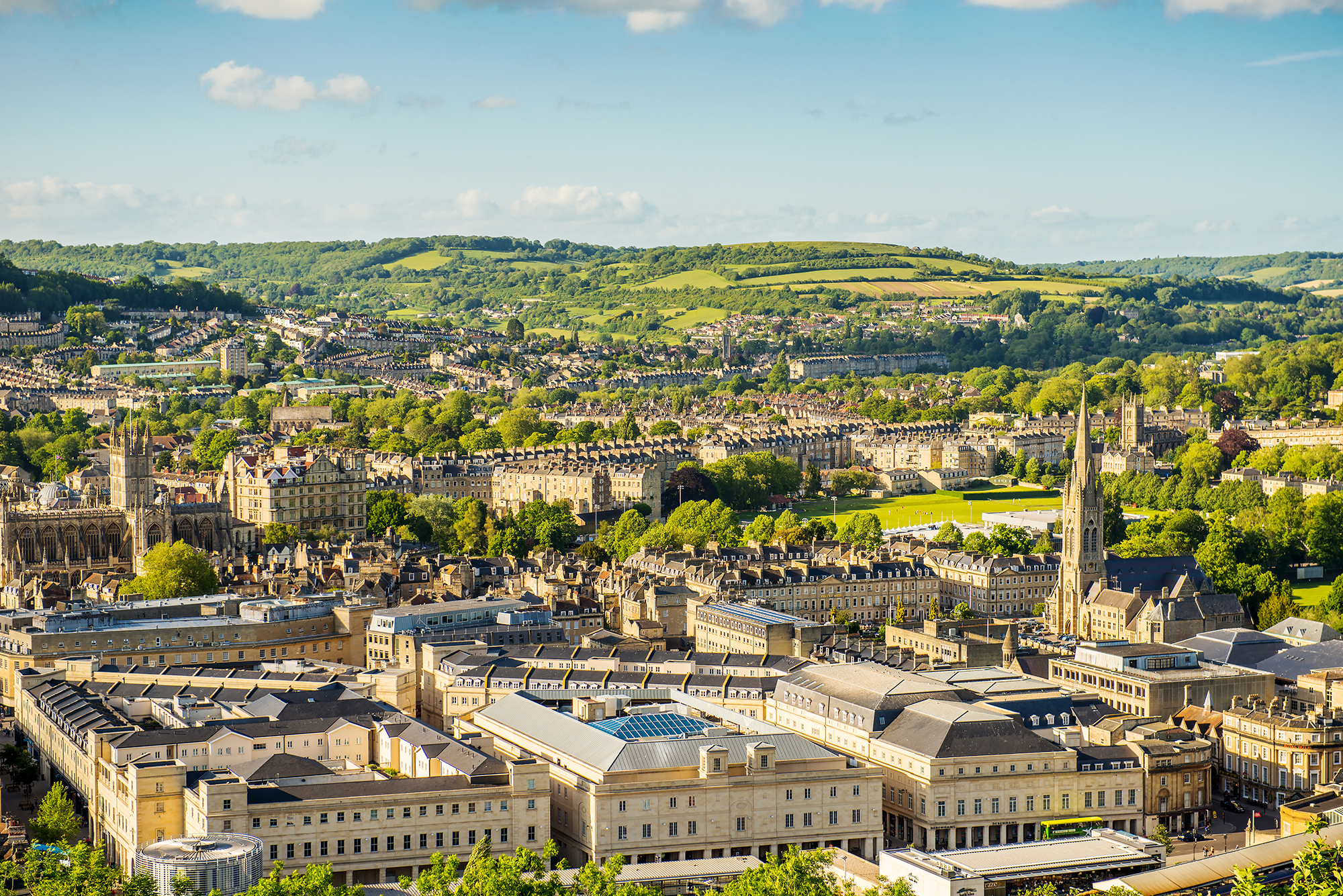
Bath city - seriously attractive, seriously old

Bath city - seriously attractive, seriously old
Bath, United Kingdom
When you first arrive in Bath it is difficult to decide whether it is beautiful or, frankly, whether it is about to fall down. The pavements have a higgledy-piggledy look that makes a roller coaster ride seem smooth and the cream-coloured stone buildings, so often stained, are crying out for a good polish. The place is so ancient that even the suggestion of a sandblaster would, I feel sure, reduce Bath to rubble.
Yet somehow, and I cannot explain why, the city rapidly gets under your skin. I had that Martini moment at breakfast. One of those days, not too common in UK, where the sky was bluer than blue, a lonely cotton-wool cumulus was rapidly evaporating in the far distance and a hot air balloon drifted gracefully overhead. The balloon’s basket was so close to the rooftops that its half-dozen clearly sozzled occupants, I presume consuming the pledged aerial champagne breakfast, could have so easily stepped onto the chimneys, slid down the roof and joined me at ground level. The whole experience was surreal. There was I, absent-mindedly stirring my morning coffee and thanking our Maker that Bath was not built on a shifting tectonic plate - by now it really would have been reduced to ruins - and there was a bright red balloon filled with partying foreigners. At least I presume they were foreigners. There was some tongue being spoken that was clearly not English and a camera plus obligatory telephoto lens hanging from each neck. My guess was Russian but I could be as easily wrong as easily right.
Bath is so terribly English. I mean so English that even a Brit can feel out of place. I presume that is why up to 7 million tourists visit the place each year. If you seek a lesson in contrasts, have dinner in central London one night, scoot down the M4 motorway in the morning and take dinner in Bath the following evening. I rest my case. The place is an island within an island within an island. It is about as relaxed and away from it all as you can get.
My foreign friends frequently ask what is the one thing that most represents my home country. I suppose I could say Bath. But roast beef? No. The Queen? Maybe, although I would never refer to the Royal Family as a thing. No, to me it is the full English tea. Plenty of places try to emulate it, as far away as Manila, but nowhere, absolutely nowhere, has it down to such perfection as Bath. Actually, if you want to be proper, then it should be called a low tea as it was traditionally taken at low tables around four or five o’clock in the afternoon. The full tea is the scones, the cakes and the sandwiches, all perched precariously on a so-called curate stand. The cream tea is just the scones, the cream and the jam. Cream teas are the equivalent of putting your toe in the water and only for the faint at heart. The full tea is what you want. We have the seventh Duchess of Bedford to thank for it, who gave rise to the idea in 1840 as a stopgap between lunch and dinner, and it has been with us ever since.
So a full tea it was for me, taken at a proper dining table, covered in a proper, white linen table cloth and served by a proper waiter with perfect English but a distant French twang. You know, the twang that implies expertise in all matters culinary. What is it about food and the French? The moment you hear a French accent beside a table you presume that whoever is speaking is an expert on food, wine, in fact anything that can be speared with a fork or scooped with a spoon. Anyway, the table was round, it has to be round, and carefully positioned in an alcove looking out onto a green lawn, surrounded as it was by an ancient wall made from crumbling Bath stone. The scene was then set for a gastronomic extravaganza to beat all extravaganzas. I had been in training for at least a week.
The problem with full English teas is their sheer volume. Do not even think about having dinner afterwards, at least not for the next month. In with a flourish comes the waiter complete with French twang, tray in one hand and three-shelf silver curate stand laden with food hanging from the other. The only clue to the calorie content of what is to follow is the tiny grunt of effort he gives as he swings your tea onto the table top and into view. It is clearly heavy. There are cakes at the top, sandwiches in the middle and scone followed by scone followed by scone, or even sticky bun, vying for position on the bottom. Oh dear, that is upside down. You see, protocol decrees that the scones should be at the top, not the bottom. It stems from the 1800s when a warming dome covered the scones to keep them hot and would only fit on the top rather than bottom shelf.
Shelving apart, being male I see such things as a challenge, as my idea of dieting is simply to eat as much as I can. I am manifestly odd as to my right was a table of earnest-looking ladies who somehow had to survive a full Bath tea and stay thin. That is, in my view, impossible and only the foolhardy would even try, as a typical English tea harbours at least 1000 calories. Even a one-scone cream tea carries 672.
So there they were, the four ladies, looking guiltily at the solitary curate stand, whose contents they had decided to share between them. On my table, yes my table, it was one curate stand per person and that is the way it is meant to be. If you are on a diet, wait until it is over before heading for the full English tea. This is not an occasion to demonstrate any self-restraint. Just go for it, let the curate stand be recharged, keep the tea pouring, and try not to look daft when your waiter offers the choice of umpteen teas and all you really know is English Breakfast. One hour later, or two if you are as greedy as me, stagger quietly away from the table, guarding your swollen abdomen gently with both hands, find somewhere quiet and remote to lie down and then begin the lengthy process of digestion. And do not even think about having supper. In Bath, that is not the way it is done.
i https://www.theceltictimes.com/index.php/orgin-of-afternoon-tea
ii http://www.historic-uk.com/CultureUK/afternoon-tea/
iii https://creamteaguide.co.uk/2015/08/13/how-many-calories-in-a-cream-tea/
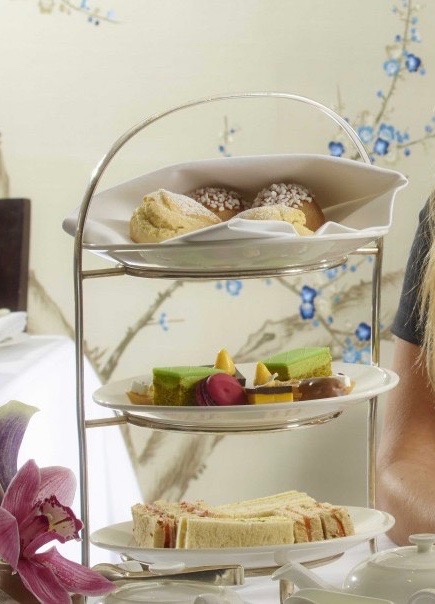
Yummy, yummy, yummy - afternoon tea at the Royal Crescent Hotel in Bath




